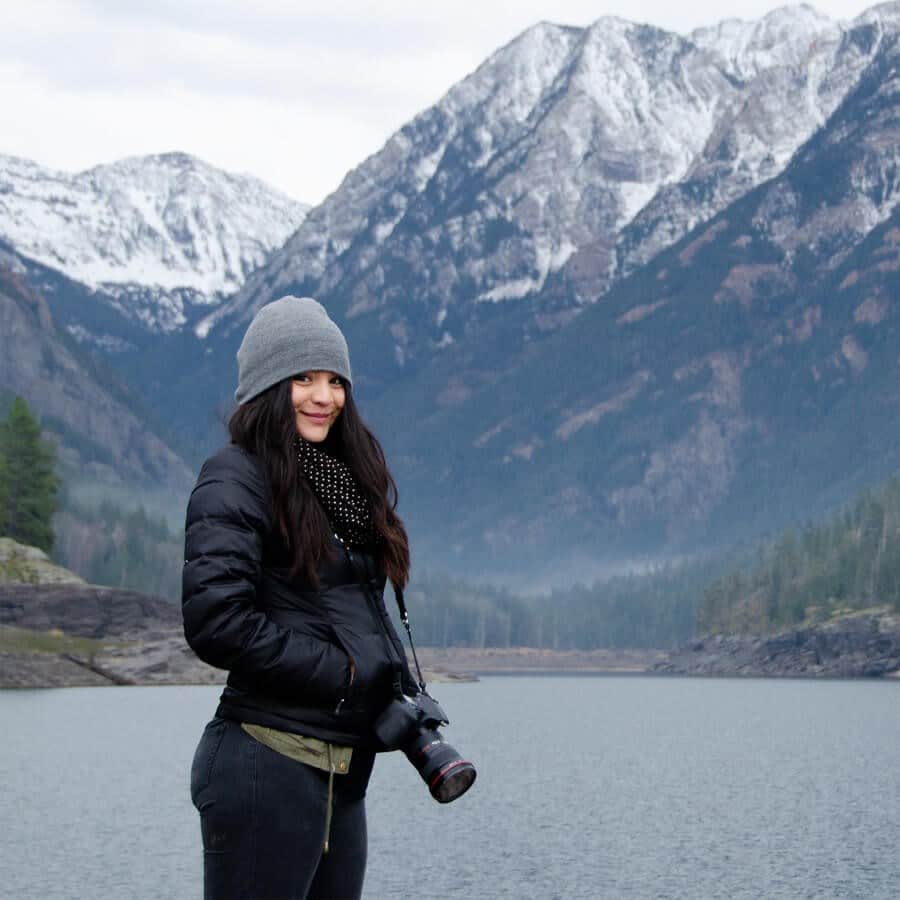Museum Info
Monday – Saturday:
10 a.m. – 5 p.m.
Sunday:
Noon – 5 p.m.
500 W. Washington St.
Indianapolis, IN 46204
7 events found.
Museum Info
Monday – Saturday:
10 a.m. – 5 p.m.
Sunday:
Noon – 5 p.m.
500 W. Washington St.
Indianapolis, IN 46204

Image caption: Image of artist Tailyr Irvine (Salish and Kootenai). Photo by Freddy Monares.
Blood quantum requirements for tribal enrollment pose many challenges for Native Americans. The concept of using so-called “blood quantum”—or amount of tribal affiliation in a person’s ancestry—to determine tribal enrollment eligibility has no basis in Native American traditions. In early 1900s, the U.S. government began imposing this system on tribes as a means of defining and limiting citizenship. While some tribes still use this method for determining eligibility for tribal enrollment, other Native nations use documentation of a person’s descent from an enrollee on a designated tribal roll or census records.
Many scholars argue that blood quantum requirements were calculated to reduce tribal enrollment over time. Moreover, they call attention to the U.S. government’s detrimental use of the term “blood quantum” during the 19th century and early 20th century to associate a Native person’s level of intelligence with their supposed amount of Native versus Euro-American or other blood.
For Reservation Mathematics: Navigating Love in Native America, photojournalist Tailyr Irvine interviewed Indigenous residents in Missoula and on her Flathead Indian Reservation in western Montana. They share their deep personal, social and political concerns about the blood quantum system, which can impact Native Americans’ most personal decisions—including with whom they have children. Through seven intimate stories, Irvine shows how blood quantum requirements are increasingly putting pressures on Native Americans’ lives.
SOURCE: Smithsonian Institution National Museum of the American Indian